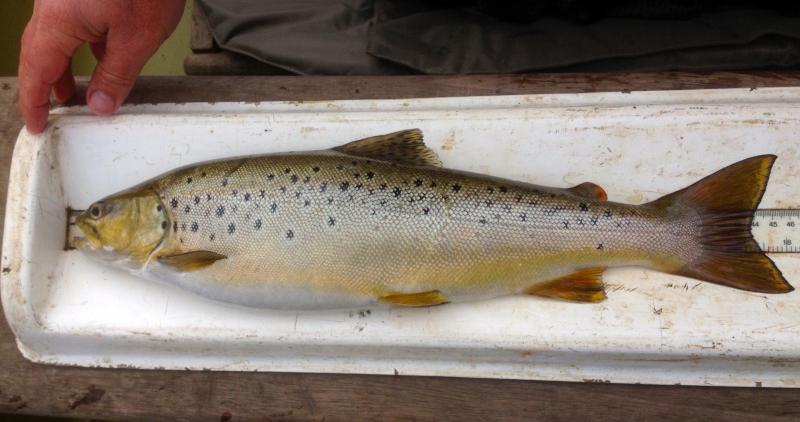It is believed that brown trout and perch were introduced into Malham Tarn by the Cistercian monks in the 12th century. Further stocking of brown trout for recreational fishing started around 1860, continuing off and on until 1994 when the National Trust pushed for a more natural brown trout fishery. Indeed stocking ceased in 2001 and, since 2002, a strict catch and release policy for all fish has been in place.
A few years ago, Jon Payne, now working for one of the fisheries teams at the Environment Agency, looked at the life history and growth rates of brown trout in Malham Tarn and showed very rapid growth compared to other European populations. OK, it’s a limestone lake so the underlying nutrient base for productivity is good, but the elevation and location might suggest pretty harsh growing conditions for fish.

